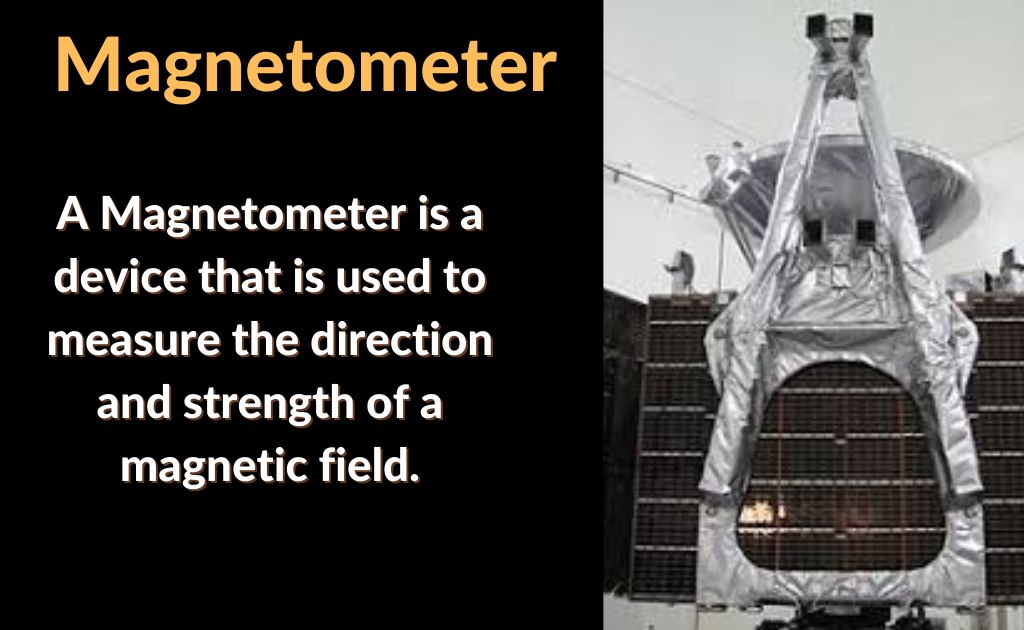What is An Electromagnet?-Definition, Types, And Applications
An electromagnet works differently than a permanent magnet. They’re made of coils of wire that carry an electric current. This current creates magnetic fields, so when the coils of wire in an electromagnet have an electric current passing through them, they behave like a magnet.
But when the current electricity stops flowing, the coils don’t act like a magnet anymore. Electromagnets are used in many electronic devices when magnetic forces are only needed for short periods.
What is an Electromagnet?
The magnetic field is produced by an electric current with the help of an electromagnet. wire wound into a coil is what electromagnets are usually made of. A current through the wire creates a magnetic field in the hole, which is the center of the coil. When the current is turned off, the magnetic field doesn’t show up. A ferromagnetic or ferrimagnetic material such as iron is used to make the magnetic core that is wound around the wire turns.
Types of Electromagnert
There are three main types of the electromagnet
- Resistive
- Superconducting
- Hybrid
Resistive
A magnetic field with copper wires can be created with a Resistive Magnet. The weak magnetic field produced by the electrons is caused by electricity running through the wire. If you twist a wire around a piece of metal, you help concentrate that magnetic field around the iron.
The stronger the field is, the more you twist the wire. You can use stacks of copper plates, which are called Bitter plates. The Bitter plates are named after their inventor, Francis Bitter because they have holes in them that allow water to pass through and cool the magnets.
Superconducting
Superconducting electromagnets can be used when the magnetic field is higher than the ferromagnetic limit of 1.6 T. Superconducting windings are used instead of ferromagnetic materials because of their ability to conduct current without resistance. These allow enormous currents to flow, which can cause intense magnetic fields.
The field strength at which the winding material ceases to be superconducting is what limits the strength of superconducting magnets. Ordinary electromagnets are less expensive than the necessary refrigeration equipment and cryostat.
In high-power applications, the lower operating costs can be offset by the fact that no power is required for the windings after startup. They’re used in particle accelerators and magnetic resonance machines.
Hybrid
The combination of resistant and superconductor electromagnets is what these magnets are made of. There will be an input and output transducer, a magnetic core with a permanent magnet, and two winding – control and work coil systems in the hybrid electromagnetic systems.
Applications
A lifting magnet is an example of a portable electromagnet that is designed to hold only material in place. An electromagnet applies a force and moves something.
These are used in
- Motors and generators
- Transformers
- Relays
- Electric bells
- Loudspeakers
- headphones
- Actuators
- tape recorders
- MRI machines






Leave a Reply